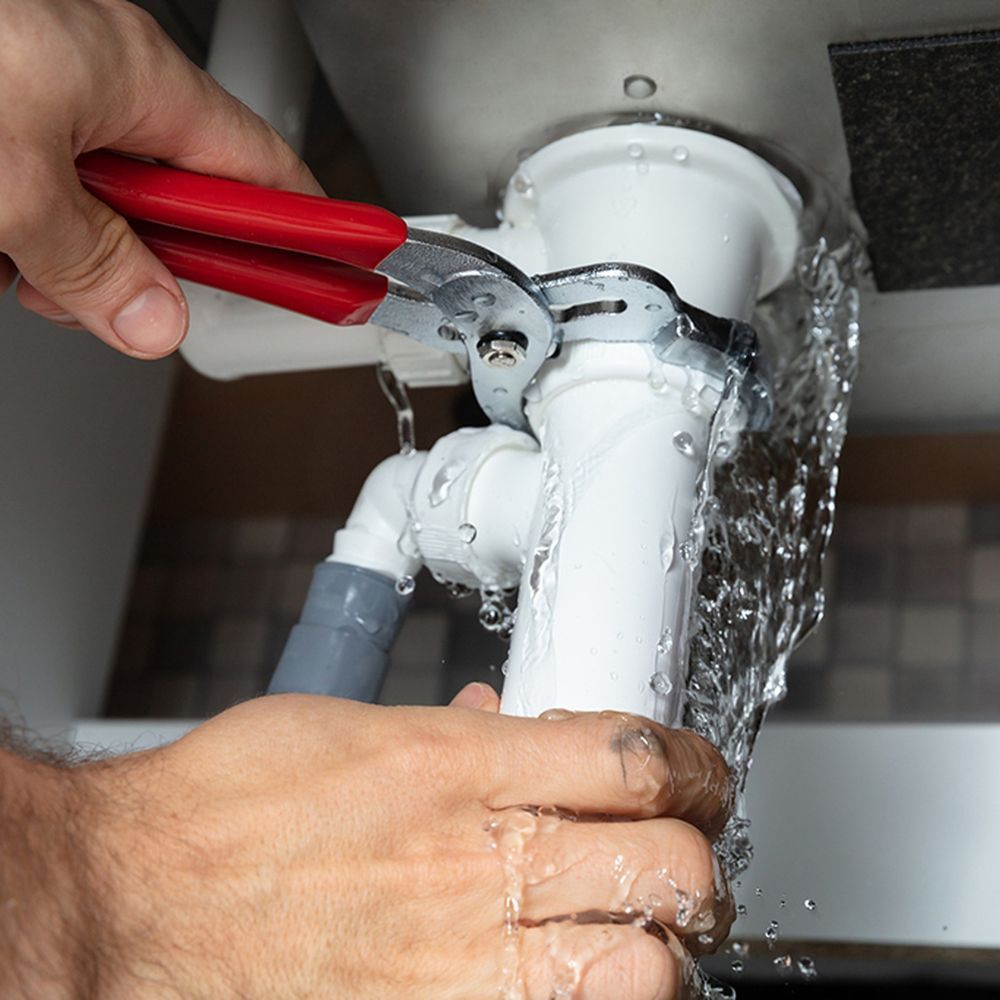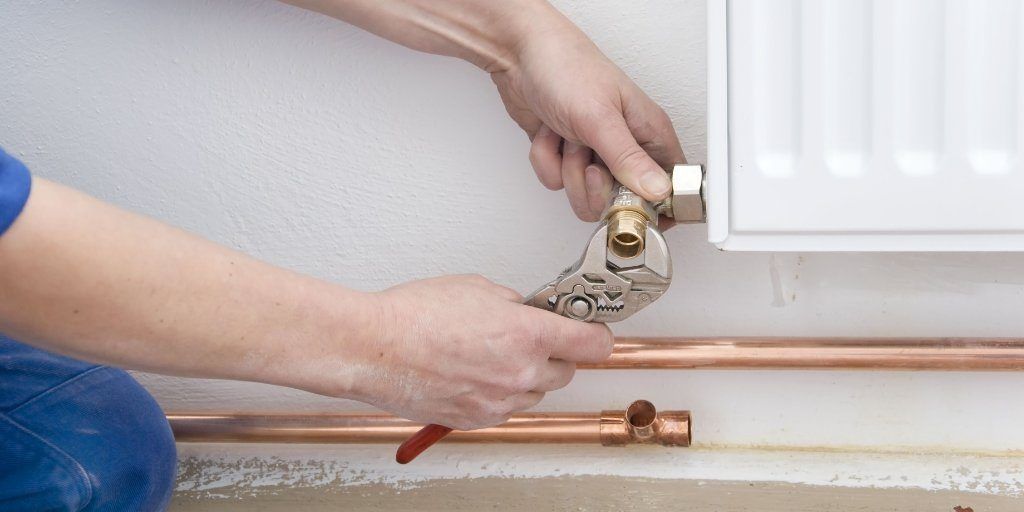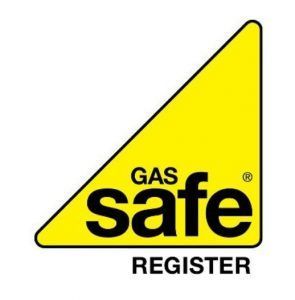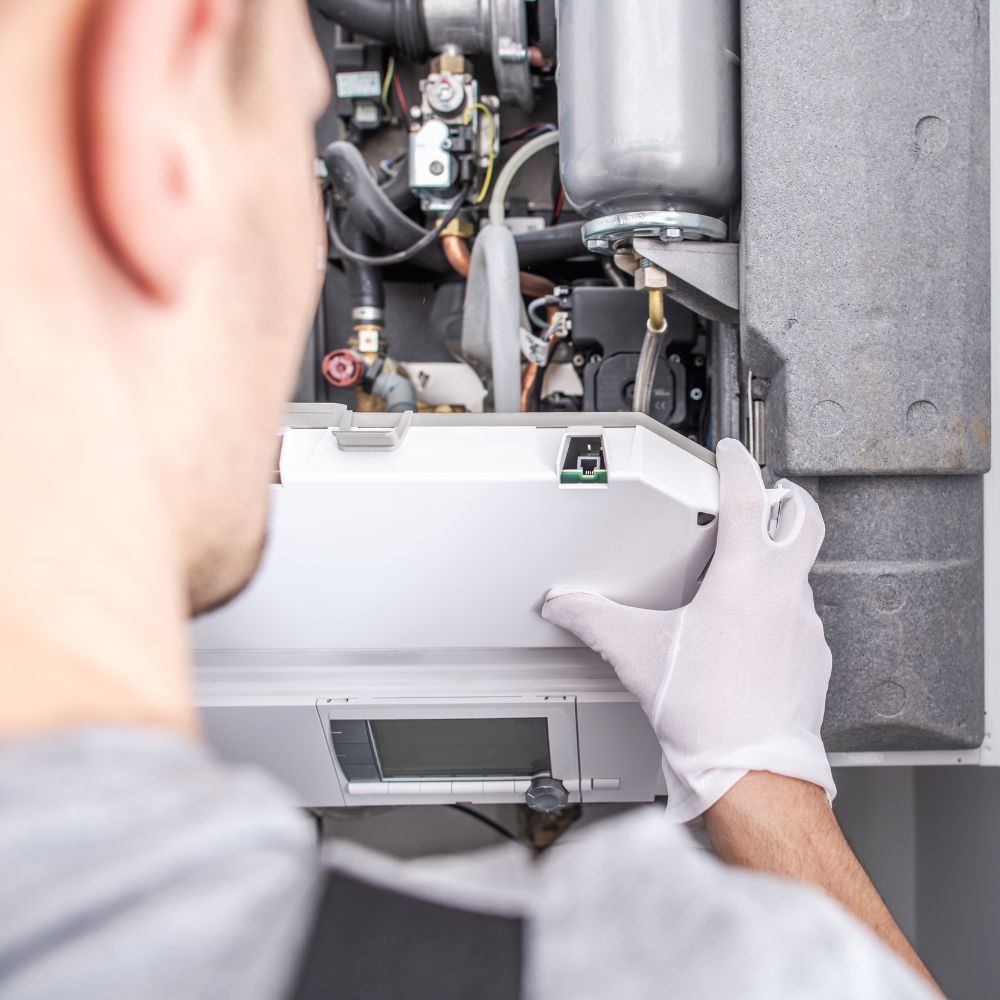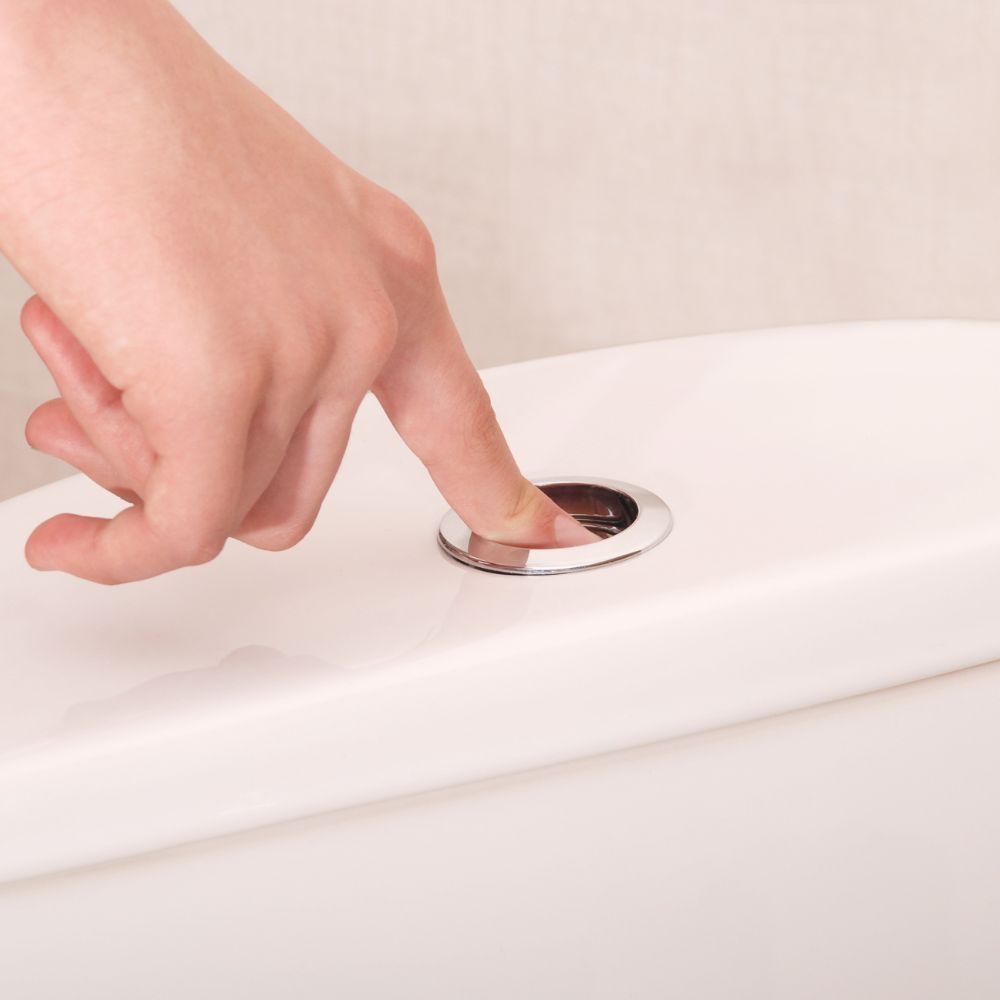How Much Does Power Flush Cost UK
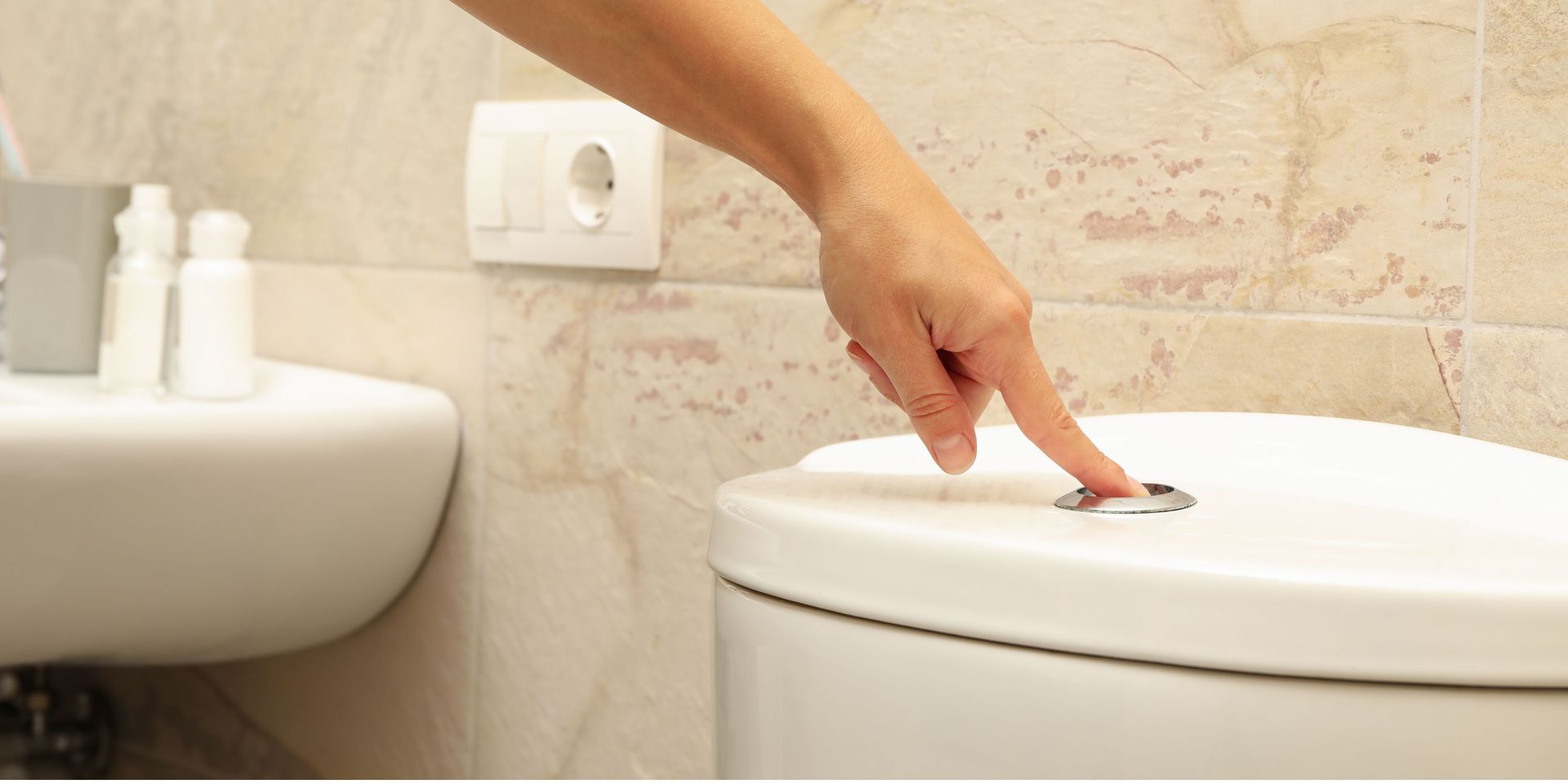
In the old days, heating systems were relatively simple. But today’s homes have a variety of complex heating systems that can become clogged and inefficient over time.
If you want to avoid costly repairs in the future, it may be wise to take advantage of a power flush service offered by qualified professionals. Power flushing a heating system the right way is important so that any build-ups can be removed and corrosion prevented.
If you have never had a power flush done before, you may be wondering what the process entails. Even if you have had one done on your system before, you may be curious about the entire process.
In this blog post, you’ll get a closer look at what a power flush entails and how it can help you get more from your system while saving money on energy bills!
What Is a Power Flush of Your Heating System?
A power flush is when your heating system’s water lines are flushed to clear out any built-up sediment that may have accumulated over time. Power flushing should be performed to prevent build-up and corrosion of the pipes, which can reduce efficiency or cause malfunctions with internal components.
This process works by flushing the water through your system and flushing out any debris that may have collected, including rust. The technician running this process should be able to tell you if there is a need for it or not. However, it is typically recommended that power flushing be done every other year to prevent a build-up of sediment which could lead to malfunctions with parts.
When Do You Need a Power Flush?
A heating system power flush is usually needed when there’s a build-up of dirt and sediment in the pipes, radiators, and valves. Some other indications that a power flush is needed are a decrease in heat or hot water supply, noisy or dripping taps, water leaks from under the boiler, or broken pipe joints. Additionally, if you notice any of the symptoms outlined below, then your system requires a power flush:
- Your radiator is cold and you can only feel a hot strip at the top.
- You can see that the water in your heating system has become black and sludgy. You will see this if you do a radiator removal or if you replace a valve or heating pump that has failed.
- Circulation to your heating system becomes poor.
- Your attic header tank may begin to overflow.
What Does a Power Flush Do?
A heating power flush is a mechanical process that helps to remove any sediment or corrosion from the inside of your system. This is done by pumping liquid at high pressure through the heat exchanger, boiler, and radiators. This liquid can be water, hydrochloric acid, or sulphuric acid.
The idea behind this is that you want to remove any deposits on your system which would lead to reduced efficiency and performance.
A power flush removes sediment from your heating system which can slow down the performance and efficiency of your heating system over time.
This will not only save you money on fuel but also on repairs that will be needed in the future for your heating system. A heating system power flush also helps maintain safe water quality by getting rid of any build-ups in your water heater that could lead to bacterial growth and higher levels of bacteria.
Not only does a power flush help with all these things, but it also helps prevent the chance of a water heater breaking down and needing to be replaced sooner than it should.
A power flush of your heating system is not only an important part of maintaining its efficiency but it can help avoid expensive repairs and future costs that will come with buying a new one.
A heating system power flush is a process that is undertaken regularly as part of routine maintenance to ensure the safety and efficiency of the boiler. What follows is a step-by-step guide on how a radiator power flush will most likely be done.
The engineer will ensure that the area around the boiler has been cleared by removing any obstacles such as rubbish, extension cables, and any other obstructions.
All the electricity supply to your home will be shut off by switching off the circuit breaker at the meter. Additionally, all heating controls or thermostats for tanks or radiators that are not being worked on will be turned off. This will stop hot water from circulating through these pipes and allow them to cool completely.
Once all that is done, it will be time to flush out any sediment left inside of the heating system. This will prevent it from entering the new, clean water and clogging up your boiler over time.
A powerful machine called a ‘pumping station’ is used to remove dirty water and sludgy build-up while introducing clean water. The engineer may add a chemical to the system to break down sludge before the equipment is connected and the flushing process begins.
Since there are several stages involved in the power flushing process, the engineer in charge of it may need quite a bit of time before the job is complete.
In the first step, the engineer will spend at least ninety minutes flushing out the entire system. This will be done in both directions. They will then do the most troublesome sections of the system until they start to run clean.
If some of your radiators are extremely contaminated, these will have to be worked on separately. If there is a heavy build-up of sludge, an agitator will be needed to remove it. An agitator is a tough pad that is usually attached to a hammer action drill.
After the system has been cleared out, a chemical neutralizer will be washed throughout the system. Your engineer will then check on the pH balance of the system. This is to ensure that it is not too acidic. If it is too acidic, your system may experience internal corrosion.
In the final step, your engineer will add some inhibitor fluid to the system. This will prevent corrosion from taking place. It will also help to stop sludge from building up quickly in your system.
How Long Does a Power Flush Take?
The process typically takes up to eight hours. In some cases, it may take a day or two depending on the condition of the heating system. In general, a power flush may take longer if the heating system is more complex.
How Much Does a Power Flush of a Central Heating System Cost?
A typical service has a starting price of £400 for an engineer to attend the site. Since heating power flushes are generally carried out every 2-5 years depending on usage levels, it is important to remember not all systems will need an extensive power flush, so prices may vary depending on the design features of the boiler.
However, the best way to find out how much a power flush will cost is to contact the company you want to use. They will give you a more accurate quote based on the work that is needed.
Call Aquatek for Power Flushing in London
As you can see, power flushing can be a complex process. This is why you need to ensure that you call in a professional and expert team to do it for you. Our team at Aquatek knows exactly how to analyze the current state of your heating system in order to make the best decision about the extent of the power flush that is needed for your heating system.
Don’t waste valuable time calling in people who are not experts in the field. This can cost you not only time but a lot of money in the long run. Our team of professionals knows exactly what it takes to get your heating system up and running at its best in no time, so call us today for a quote.
We are equipped to power flush even the most complex heating system in London. Call us today so we can discuss with you the best course of action for power flushing your heating system.
Without typical bathroom obstructions like cubicles and shower trays, and the opportunity to have an open-plan bathroom, you can become more creative with your designs.

